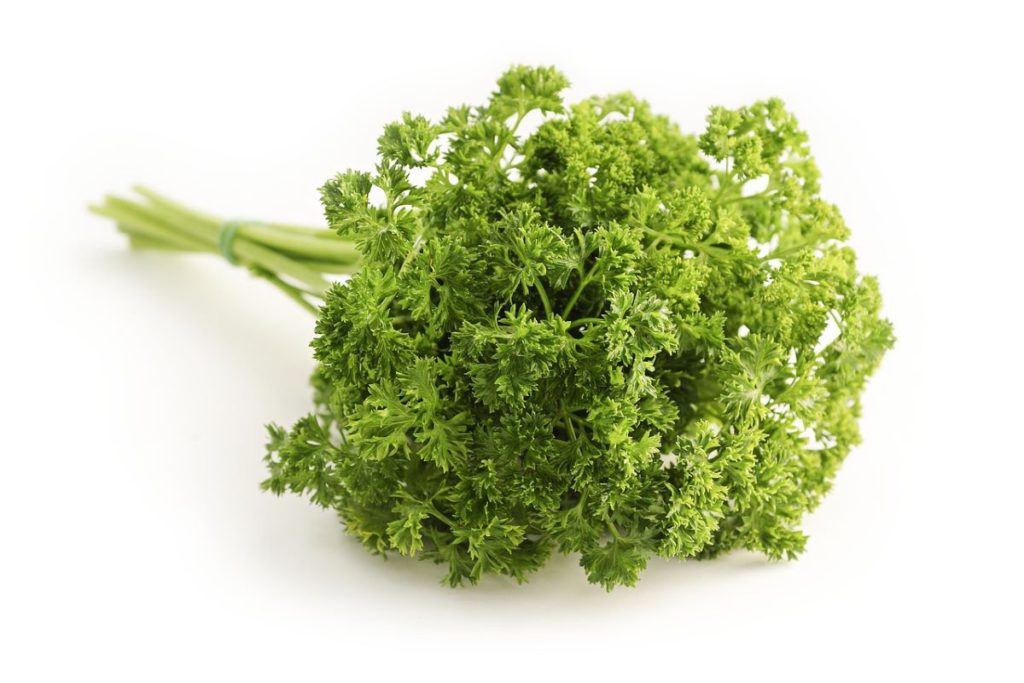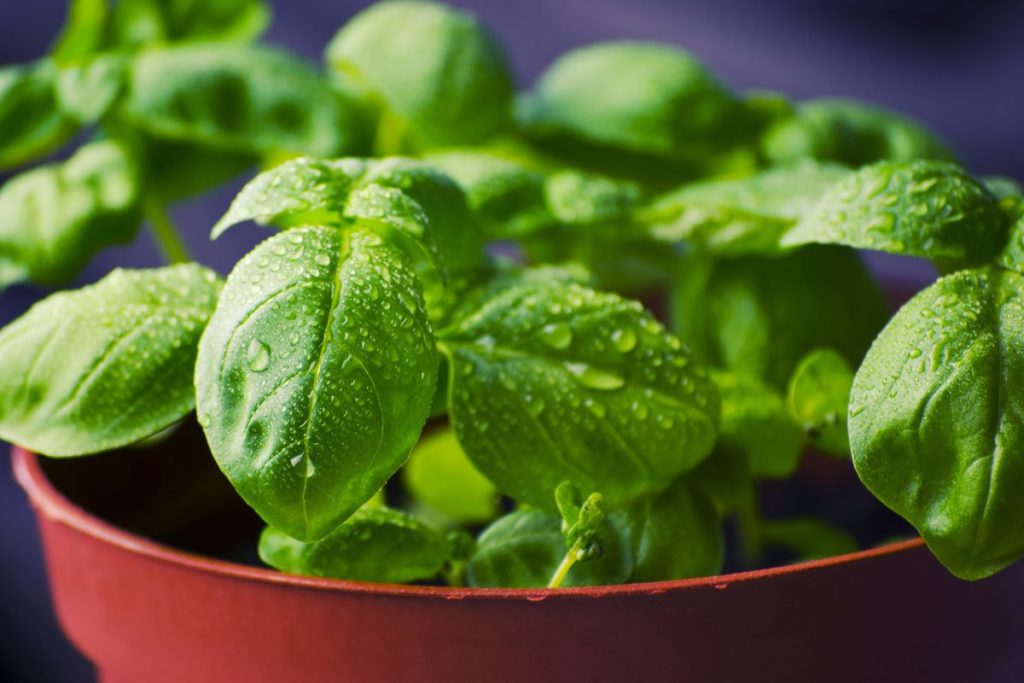Starting a herb garden is a great way to add flavour and nutrition to your meals while also enjoying the benefits of gardening. Whether you have a large backyard or a small balcony, you can grow a variety of herbs easily and inexpensively. In this guide, we will provide you with the essential steps to start your own herb garden.
Step 1: Choose Your Location
The first step in starting a herb garden is to select the location. Most herbs require at least six hours of direct sunlight per day, so choose a spot that receives plenty of sunlight. You can grow herbs in containers, raised beds, or directly in the ground. If you plan to plant directly in the ground, ensure that the soil is well-draining and has a good structure.
Step 2: Choose Your Herbs

Once you have selected the location, the next step is to choose the herbs you want to grow. Consider what you enjoy cooking and which herbs are suitable for your region. It is totally up to you whether you want to grow herbs from seeds or seedlings. Some common herbs that you can consider growing are basil, parsley, mint, rosemary, thyme, and cilantro.
Step 3: Prepare the Soil
The quality of your soil is crucial to the success of your herb garden. Garden soil is often the best choice for herb gardens, as it contains a good balance of nutrients and organic matter. You can also improve the soil structure by adding compost, aged manure, or other organic matter.
If you are planting in containers, use a good-quality potting mix that is specifically designed for herbs. This type of soil will ensure good drainage and prevent the soil from becoming too compact.
Step 4: Plant Your Herbs
Now that you have your location, herbs, and soil, it’s time to plant. The best time to plant herbs is in the spring after the last frost has passed. Follow the instructions on the seed packet or plant label for proper spacing and depth. Water your herbs immediately after planting, and continue to water them regularly to support healthy growth.
Step 5: Maintain Your Herb Garden
After planting, it’s important to maintain your herb garden to ensure healthy growth and a bountiful harvest. This includes regular watering, weeding, and pruning. Water your herbs regularly, ensuring that the soil is consistently moist but not waterlogged. Weeds can compete with your herbs for nutrients and water, so keeping the area weed-free is essential. Pruning your herbs will also help to keep them healthy and promote new growth.
Step 6: Harvest Your Herbs
The best part of growing a herb garden is the harvest. As your herbs mature, you can begin to harvest them for use in your cooking. Be sure to harvest your herbs regularly, picking the leaves and stems as needed. This will encourage new growth and prevent your herbs from becoming too woody. You can dry and freeze your herbs for later use or use them fresh in your recipes.
Bonus Tips:
– Add Crushed Rock for Drainage: In addition to garden soil, you can add crushed rock to your soil mix to improve drainage. This is especially important if you have heavy clay soil or if your garden is prone to flooding.
– Use Mulch to Conserve Moisture: Mulch is a layer of material that is placed over the soil to help conserve moisture, suppress weeds, and regulate soil temperature. You can use a variety of materials for mulch, including shredded leaves, straws, or wood chips.
– Companion Planting: Some herbs, such as basil and rosemary, are excellent companion plants for vegetables. They can help to repel pests, improve soil health, and attract beneficial insects.
All in all, starting a herb garden can be a rewarding and enjoyable experience. With a little bit of planning and preparation, you can enjoy fresh, flavourful herbs all season long.
